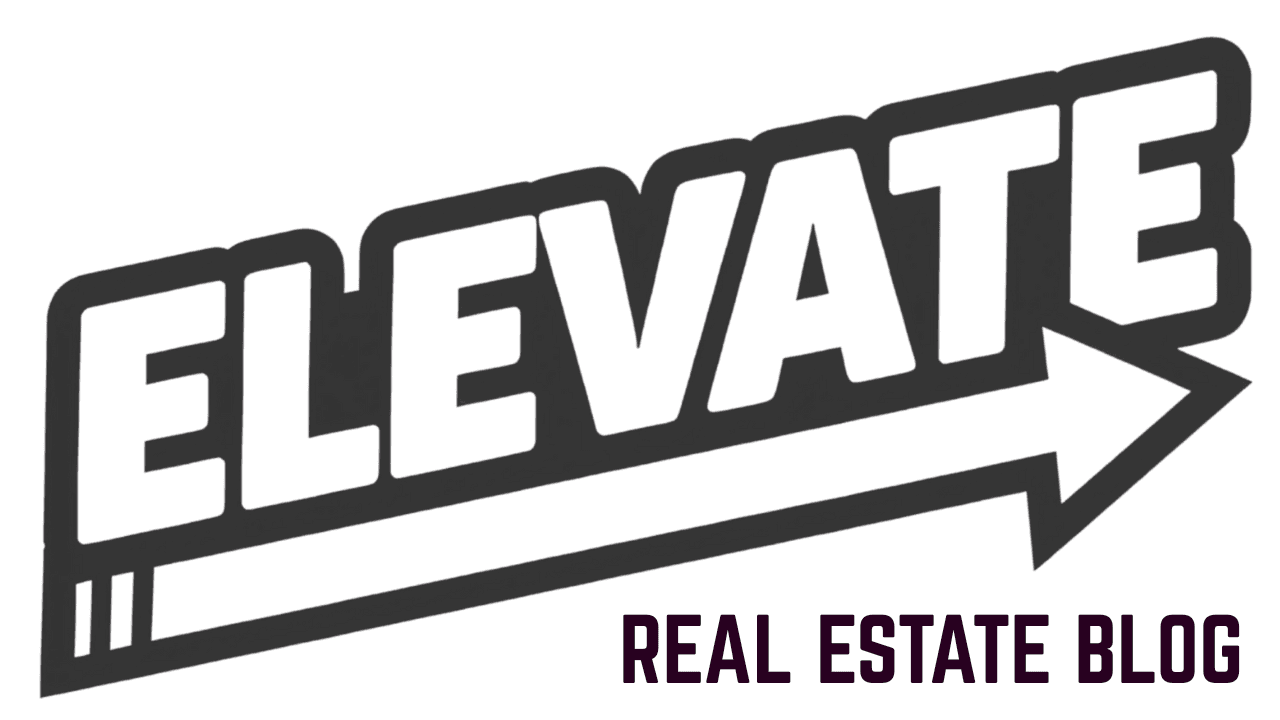Real estate teams lose deals every day because leads sit in inboxes. Manual lead distribution creates delays. Agents miss opportunities. Prospects go cold.
Automated lead routing solves this problem. It assigns incoming leads to the right agent instantly based on predefined criteria. No spreadsheets. No manual sorting. No delays.
What Is Automated Lead Routing
Automated lead routing is a system that distributes leads to team members automatically. The system uses rules you set up. Location, property type, price range, and agent expertise determine assignments.
When a prospect fills out a website form, the system matches them with the best agent immediately. The agent gets notified via email, text, or app alert. Response times drop from hours to minutes.

How Automated Lead Routing Works
A lead enters your system through any channel. Website forms, social media, listing portals, or referrals trigger the routing process.
The system evaluates the lead against your routing rules. Geographic territory, property value, lead source, and agent availability all factor into the decision.
The matched agent receives instant notification. Email alerts, text messages, or mobile app notifications ensure immediate awareness. The agent can respond while the lead is still engaged.
The system tracks every interaction. Response times, follow-up actions, and conversion rates get recorded automatically.
Core Routing Strategies
Round-Robin Distribution
This method cycles leads through your team equally. Agent A gets lead one, Agent B gets lead two, and so on. Fair distribution prevents team conflicts.
Round-robin works best for teams where all agents handle similar property types. It maintains balanced workloads and equal opportunity access.
Performance-Based Routing
Top performers get priority lead assignments. The system tracks conversion rates and assigns high-value leads to your best closers.
If your top agent is unavailable, the lead goes to the next-best performer. This maximizes conversion potential for premium prospects.
Geographic Routing
Leads get assigned based on location preferences. Agents work specific zip codes, neighborhoods, or regions. Local expertise improves conversion rates.
Geographic routing ensures agents build deep market knowledge. Prospects work with experts who understand their specific areas.

Implementation Steps
Step 1: Map Your Current Process
Document how leads currently flow through your team. Identify bottlenecks and delay points. Note where leads get lost or mishandled.
Create a visual workflow showing each step from capture to closure. This baseline helps measure improvement after automation.
Step 2: Integrate Lead Sources
Connect all lead generation channels to one central system. Website forms, landing pages, social media, and listing portals should feed into your CRM.
Multiple disconnected sources create gaps. Centralization ensures no leads fall through cracks.
Step 3: Define Routing Rules
Set criteria for lead assignments. Consider these factors:
- Geographic territory
- Property type specialty
- Price range expertise
- Lead source preference
- Agent availability
- Historical performance
Start simple. Add complexity as your team adapts to the system.
Step 4: Configure Notifications
Set up instant alerts for assigned agents. Email, SMS, and mobile app notifications ensure rapid response.
Create backup assignments for unavailable agents. If the primary agent doesn't respond within five minutes, route to the backup automatically.

Key Benefits for Real Estate Teams
Faster Response Times
Automated routing eliminates manual delays. Leads get assigned instantly instead of sitting in email queues. Faster response improves conversion rates significantly.
Improved Lead Quality Management
High-value leads get matched with experienced agents automatically. New agents handle entry-level prospects while veterans work luxury properties.
Reduced Administrative Work
Agents stop managing lead distribution manually. No more forwarding emails or updating spreadsheets. Time gets redirected to client interactions.
Better Performance Tracking
Detailed metrics show which agents, sources, and strategies perform best. Data-driven decisions replace guesswork.
Elimination of Lost Leads
Systematic routing prevents leads from getting overlooked. Every prospect gets assigned and tracked through the entire sales process.
Advanced Routing Features
Skill-Based Assignment
Route commercial leads to commercial specialists. Luxury properties go to agents with high-end experience. First-time buyer leads get matched with patient, educational agents.
Load Balancing
Prevent agent overload by tracking current workload. The system considers existing lead assignments before adding new ones.
Time-Based Routing
Route leads based on agent schedules. Night and weekend leads get assigned to available agents automatically.

Integration with Modern Real Estate Technology
PWRU's Pulse Intelligence enhances automated lead routing with AI-powered insights. The system analyzes lead behavior patterns and predicts conversion probability.
High-intent prospects get priority routing to top performers. Lower-probability leads get assigned to newer agents for skill development. This intelligent approach maximizes both conversion rates and team development.
The platform tracks response times, follow-up sequences, and conversion outcomes. Teams can identify which routing strategies produce the best results and adjust accordingly.
Best Practices for Maximum Results
Start with Simple Rules
Complex routing logic creates confusion. Begin with basic geographic or round-robin distribution. Add sophistication gradually as your team adapts.
Monitor Response Times
Track how quickly agents respond to assigned leads. Set expectations for response timeframes. Consider automatic reassignment for slow responders.
Regular Rule Updates
Market conditions change. Agent specialties evolve. Review and update routing rules quarterly to maintain optimal performance.
Train Your Team
Ensure all agents understand the routing system. Provide training on notification settings, lead handoff procedures, and system navigation.
Measure and Optimize
Track key metrics consistently:
- Average response time
- Conversion rate by agent
- Lead source performance
- Customer satisfaction scores
Use data to refine routing strategies continuously.

Common Implementation Challenges
Agent Resistance
Some agents prefer manual lead selection. Address concerns by showing improved conversion data and reduced administrative work.
System Integration Issues
Ensure your routing system integrates smoothly with existing CRM and marketing tools. Poor integration creates workflow disruptions.
Over-Complicated Rules
Avoid creating dozens of routing criteria initially. Complex rules confuse agents and create assignment errors.
Choosing the Right Routing System
Look for these essential features:
- Real-time lead assignment
- Mobile notifications
- CRM integration
- Customizable routing rules
- Performance analytics
- Backup assignment options
- Multi-channel lead capture
The system should integrate with your existing tech stack seamlessly. Disrupting current workflows reduces adoption rates.
Future of Lead Routing
AI-powered routing systems analyze prospect behavior and predict optimal agent matches. Machine learning improves assignment accuracy over time.
Integration with communication tools enables automatic outreach sequences. Leads receive personalized follow-up based on their preferences and behaviors.
Automated lead routing transforms real estate team operations. Manual distribution becomes obsolete. Faster response times improve conversion rates. Better lead management increases revenue per agent.
Teams using automated routing report 40% faster response times and 25% higher conversion rates. The technology pays for itself through improved performance alone.
Ready to implement automated lead routing for your team? PWRU's comprehensive platform includes advanced routing capabilities alongside complete business management tools. Explore our solutions and transform how your team handles leads today.




